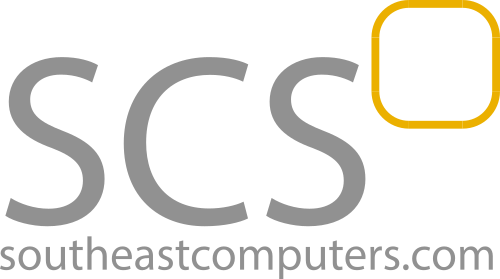We love the reception Sage X3 has received from the market since Sage introduced the first version several years ago. Today, thousands of companies are leveraging Enterprise Management for their global financial management needs. Several misconceptions continue to exist, however, regarding what Enterprise Management is and how it can help your organization.
In this blog, we dispel the six most popular Sage X3 misconceptions:
Misconception #1: Sage X3 is an upgrade of Sage 500
Sage Enterprise Management is a completely different solution that melds to your business processes in ways that Sage 500 cannot. Customizable UI and workflows, combined with built-in connectors for web services and tool integrations, ensure that your organization can deploy Enterprise Management to fully support the way your business operates.
Misconception #2: Sage X3 does not support a global business
Sage X3 manages both domestic and international businesses simultaneously. You can consolidate global financial data and coordinate international, decentralized units; this includes gaining integrated views and management of customers, partners, suppliers, and all other stakeholders in your business.
Sage X3’s global solution with legislation and multilingual/multicurrency features are supported locally in over 30 countries. You can easily configure and apply automatic updating capabilities to regulations, reporting, and localized accounting principles.
Consider, for example, Enterprise Management’s HCM solution. While traditional HRMS applications rarely include multinational capabilities, Sage X3 HCM provides multicurrency and multilingual support, is customizable for adaptation to local rules and regulations, and can run as a hosted, cloud, or hybrid deployment to instantly enable workers anywhere in the world on virtually every device type.
Misconception #3: Sage X3 Cloud has limited functionality
Sage X3 Cloud incorporates the same functionality as the hosted and hybrid Enterprise Management deployments – in fact, because Enterprise Management Cloud is SaaS-based, it can incorporate new features faster than the hosted and hybrid deployment types. Just like the other deployment options, Enterprise Management Cloud manages all aspects of your business, including accounting, financial reporting, distribution, manufacturing, and service operations as a single, integrated suite.
Enterprise Management Cloud also provides benefits the other deployment types cannot. It reduces the need for in-house IT support and eliminates the need for upfront costs associated with deploying hardware and software. Additionally, Sage manages all ongoing maintenance, removing your liability for system-related issues and support.
With your financial management running in the cloud, your business acts faster on a global level. That’s because your people can access Enterprise Management Cloud from any Internet browser from a desktop, laptop, tablet, and/or phone.
Contact Us to Request a Sage X3 Demo
From a security standpoint, Enterprise Management Cloud runs on the Amazon Web Service cloud, which represents the world’s leading, most dependable, and most secure cloud platform.
Misconception #4: Starting over with Sage X3 is a hassle
Traditionally, no one likes to migrate to a whole new financial management system. However, Sage Enterprise Management makes migration much easier by incorporating visual process flow diagrams that serve as an intuitive guide to walk users through the Enterprise Management solution and operational workflow tasks. You can create easy-to-understand depictions of any workflow, from easy Masterfile maintenance to complex workflows, such as your order-to-cash and design-to-production processes.
The “designed for customization” nature of Enterprise Management allows you to configure workflows to reflect your organization’s unique processes and operating norms.
Misconception #5: Data cannot migrate from Sage 500 to Sage X3
The standard tools that come with Enterprise Management enable you to migrate a large amount of your existing Sage 500 data, such as Natural Accounts, Customer, Vendor Items, and more. That said, we always recommend that you review your data so you start your Enterprise Management deployment with clean, reliable, and tested data.
Misconception #6: Existing Sage add-ons don’t work with Sage X3
Sage Enterprise Management comes standard with connectors to multiple Sage products, including Sage CRM, Sage FAS, Sage Enterprise Intelligence, and Sage Intelligence. There are also web services for commonly integrated products, such as Avalara and Sage CRM. Third-party connectors to Avalara, SmartLinc, and TrueCommerce EDI are also very popular with the Sage X3 user community.
Sage X3 truly represents a giant step forward in global financial management. By incorporating multinational features and a highly customizable system suited to the way your business operates, Enterprise Management is worth a test drive to see just how far you can go with your global financial management system.
For more information about Sage X3 – getting it, using it, dispelling misconceptions about it – please contact us today so we can help.
Talk to Us About Sage Software Support
 |
 |









